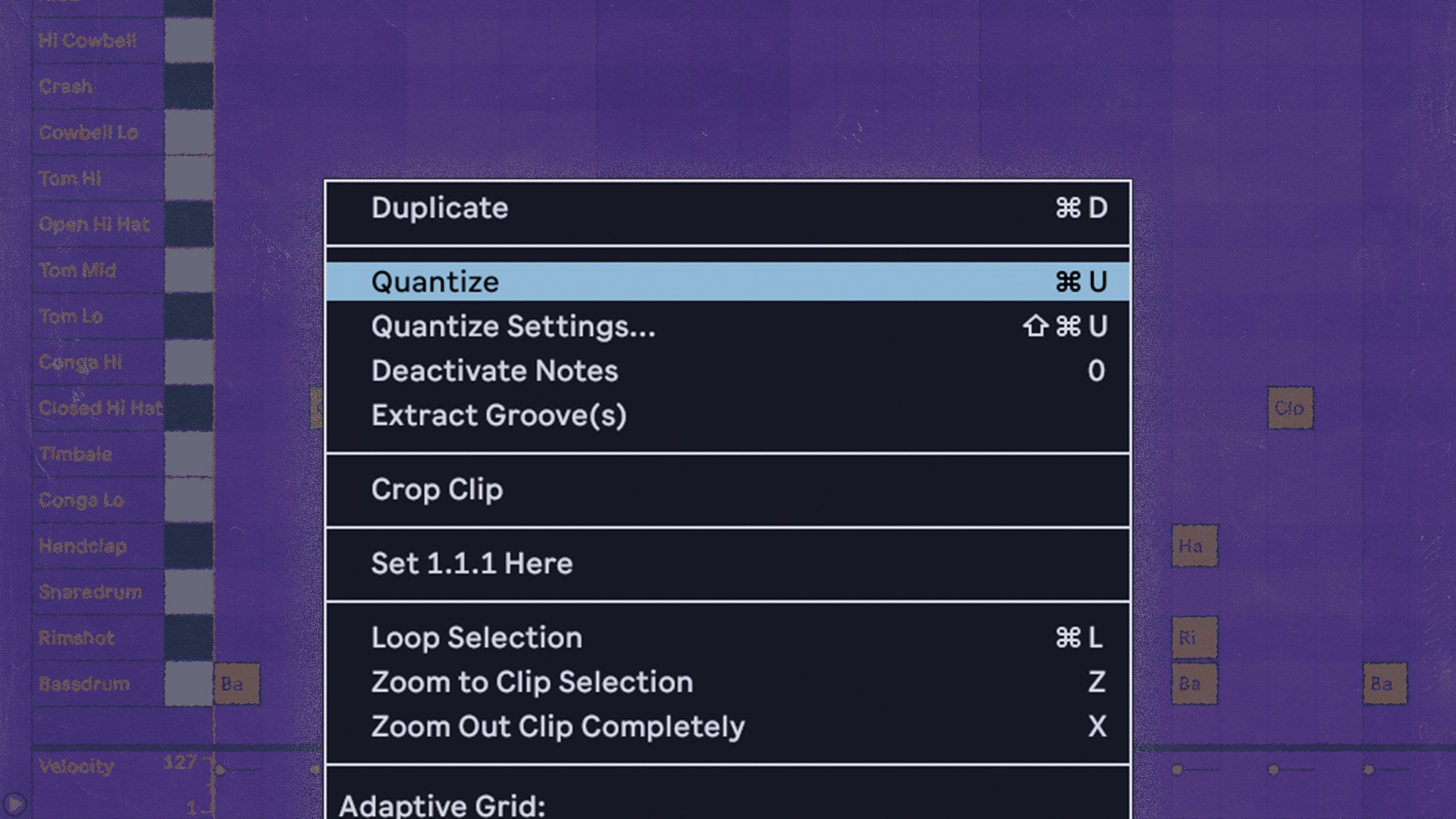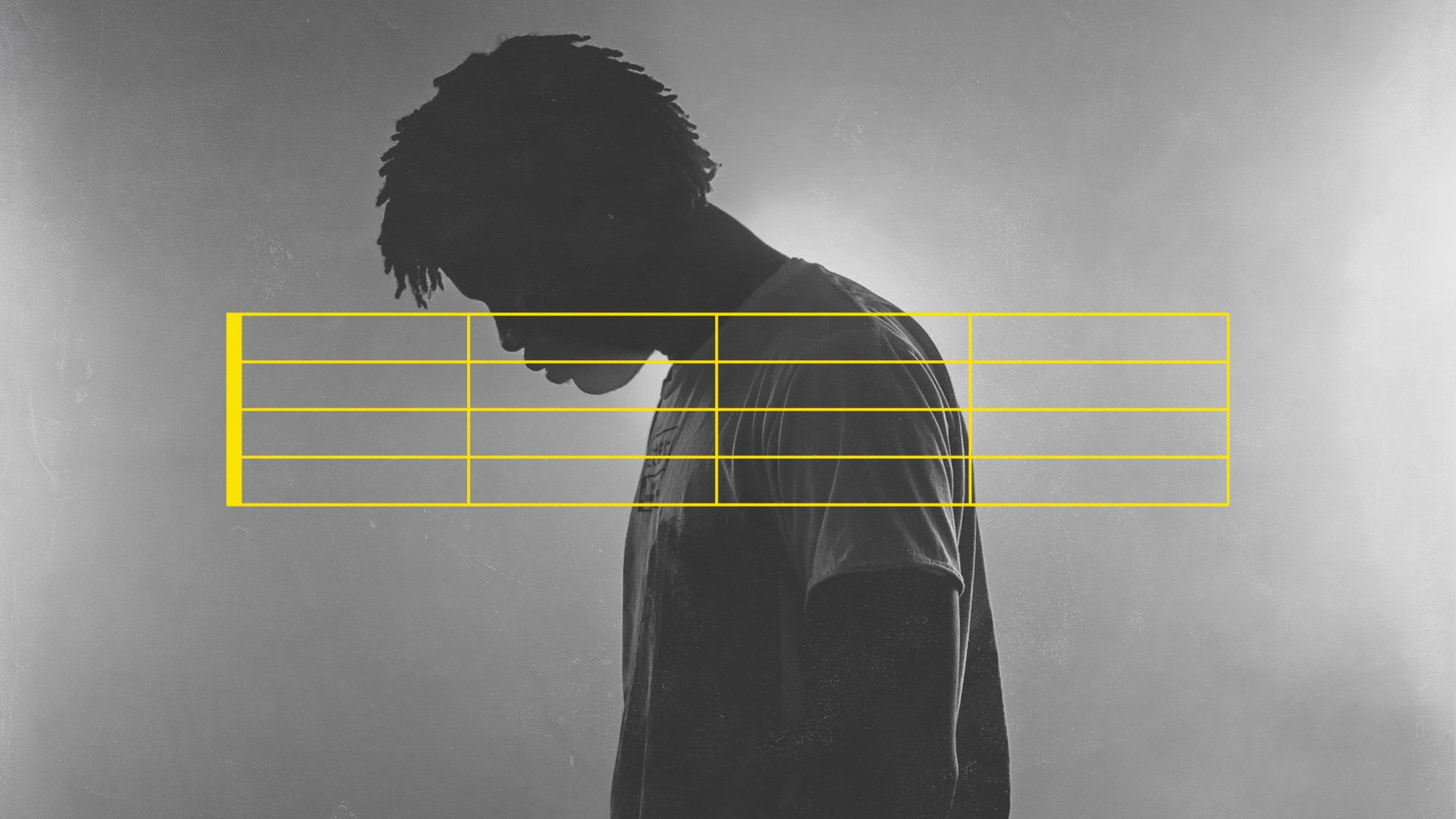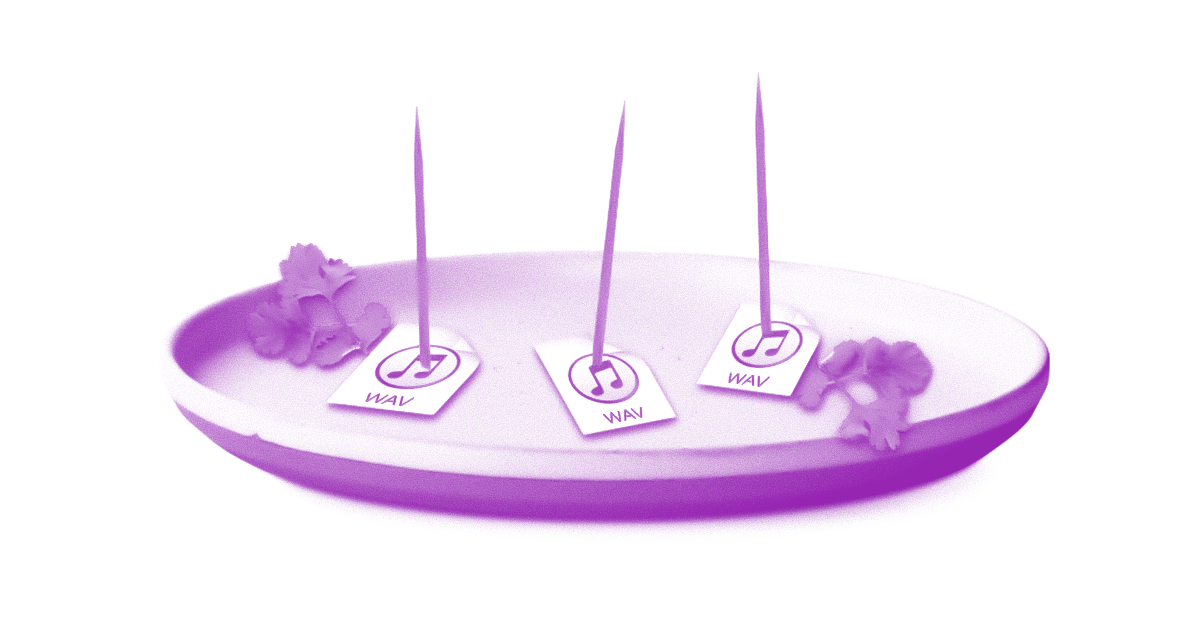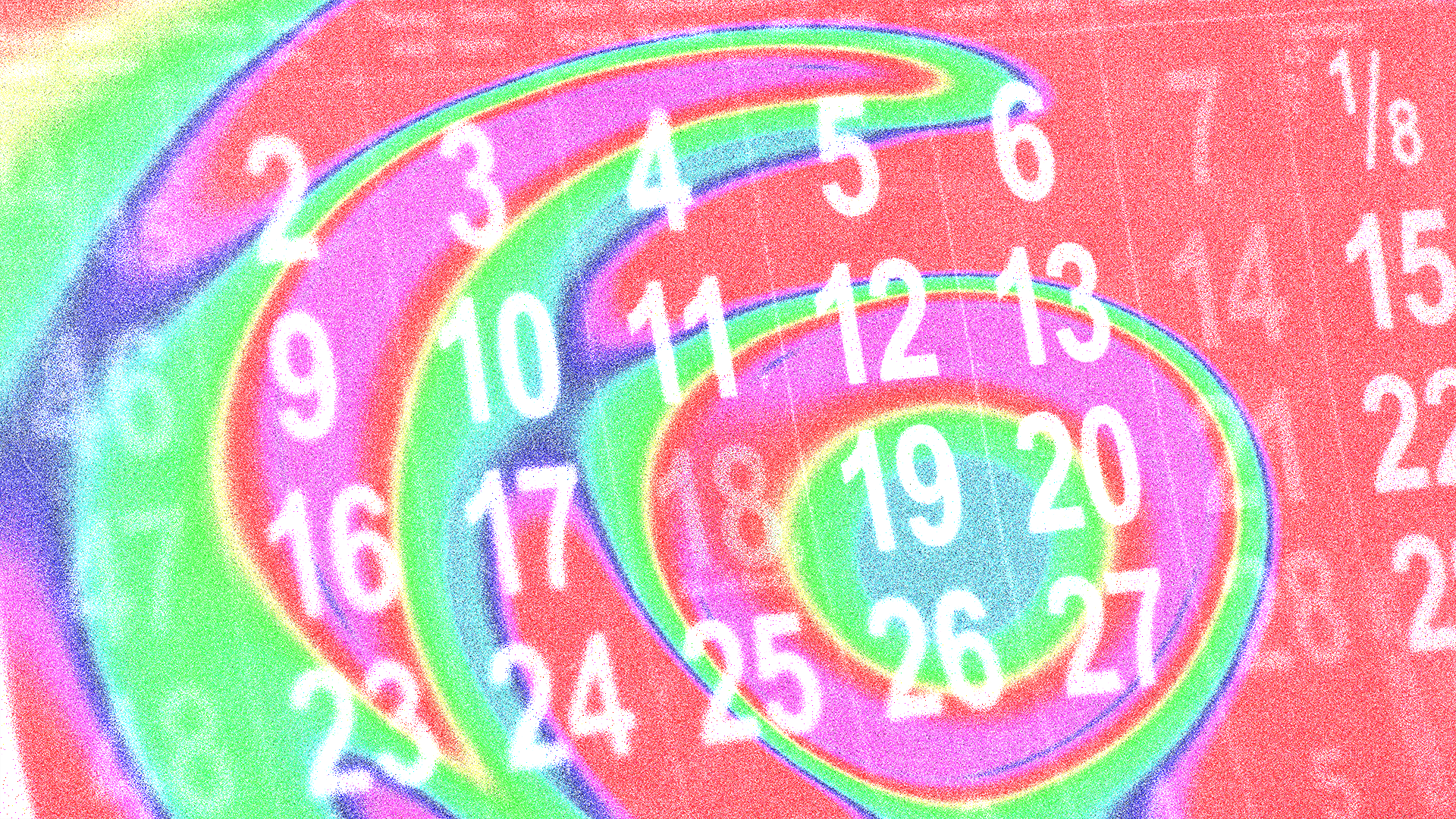
Music Theory: The Basics of Music Making
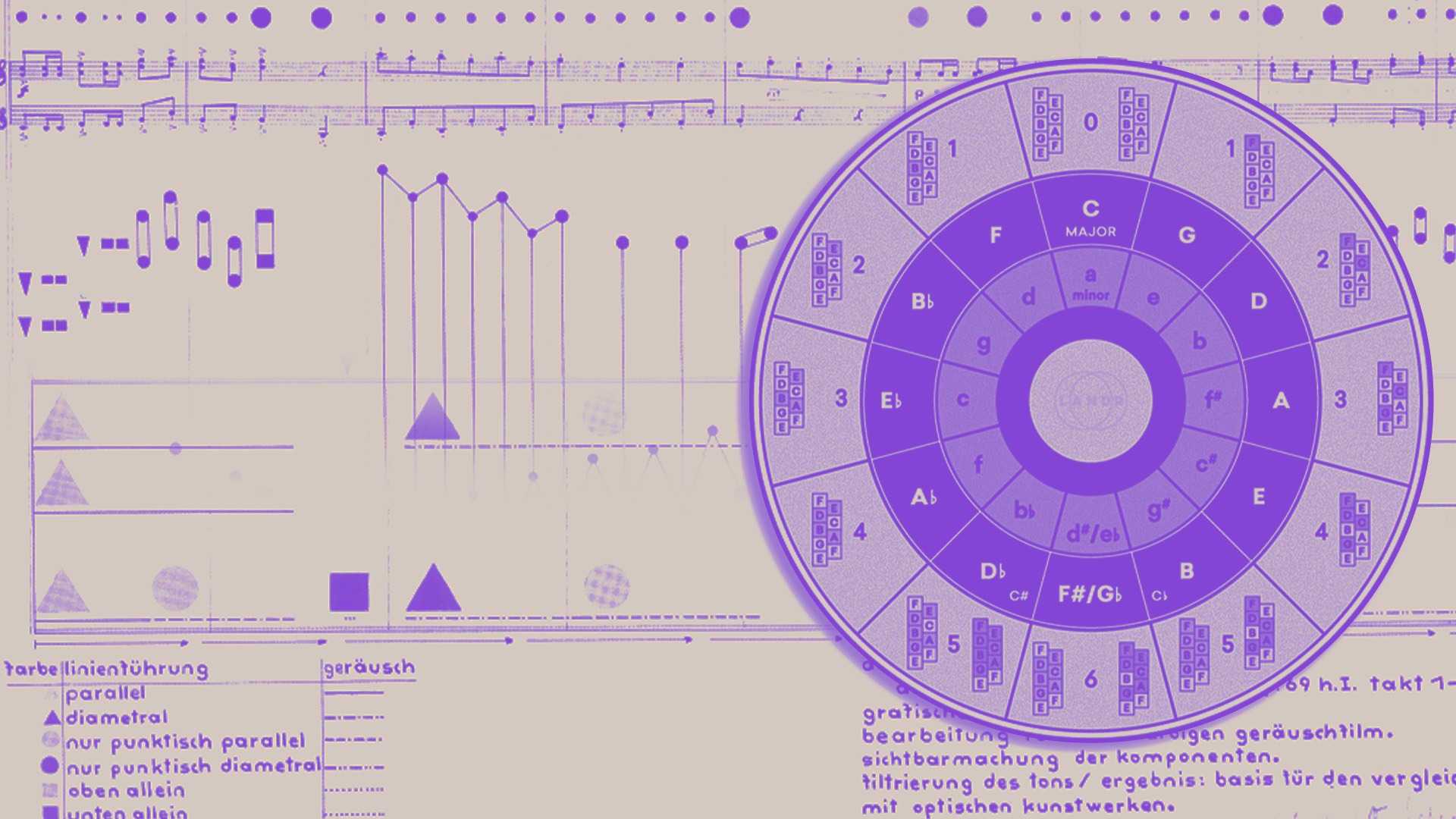
Music theory is the structure underneath the songs you love that explains how they do what they do.
But music theory can also show you the way forward.
Learning theory is an essential part of your musical development.
Getting started with music theory can be intimidating at first. There’s so much out there that it’s hard to know where to start.
We put together the ultimate guide to start learning music theory so you can easily grasp the fundamentals and start applying them to your music right away.
Table of contents
- Getting started with the basics of music
- The rudiments of music theory
- Reading music notation
- Chords are how notes work together
- Scales are the basis for any melody
- Keys and key signatures in music
- Rhythm is the pulse of a song
- Ear training
- Form and structure
- Orchestration and arrangement
- Music theory exercises
- Music theory for producers
What is music theory?
Music theory is how musicians explain and describe the phenomena heard in a musical composition.
Music theory defines the core aspects of music and provides a system for musicians to communicate their ideas to one another.
In this article we’ll explore the core concepts of music theory.
Why should you learn music theory?
Music theory may seem like a stuffy academic practice that turns making music into a crossword puzzle.
Nothing could be further from the truth. All musicians can benefit from learning some aspects of music theory.
Understanding music theory concepts is the key to progressing on your instrument, writing better songs and breaking through creative blocks.
The good news is that you don’t need an expensive teacher or classical conservatory to learn it.
You can pick up the important parts of music theory by learning on your own and applying the concepts to your everyday music practice.
In this article I’ll cover the basic elements of music theory and provide some resources to start your journey learning music theory concepts.
1. Getting started with the basics of music
The best place to start with music theory is the absolute basics.
I’m talking about the primary building blocks that every musical composition has in common.
These are the music theory concepts you can probably grasp intuitively—even if you don’t know what they’re called.
The fundamentals at the core of music theory are:
Use these posts to get started analyzing these concepts or give yourself a refresher on what they mean in a music theory context.
2. The rudiments of music theory
Your next steps in music theory start with rudiments.
“Rudiments” is a word that might feel heavy with associations from formal music education, but don’t let it scare you.
Rudiments are music theory in practice—they’re the theory behind the musical gestures you use everyday, no matter what instrument you play.
The rudiments of music theory are:
Each one is a complete subject with important subtopics to explore if your goal is to write better songs.
I’ll go through each of them in detail elsewhere in this article, but if you need to start on the ground floor, let’s go through some introductory basics for each concept.
3. Reading music notation
Music notation is how you analyze music theory concepts. Understanding how the language of music is written provides the foundation for growing your theory knowledge.
Even if you never play or perform music from a written score, the way music is represented on a page helps you connect the dots between what you hear and what you play.
Developing that connection is how you shorten the time it takes to bring your ideas from your imagination into your tracks.
Whether you want to write down your ideas, read sheet music, or just understand what’s going on in a song, reading music is one of the best ways to work on music theory.
Every element of musical notation was developed to help you make sense of what you hear.
Keep that in mind as you learn the written language of music—without it musicians would struggle to communicate their ideas!
4. Chords are how notes work together
Once you have the basis for building theory knowledge, you can dive into the pillars of musical practice.
Chords are the individual units of harmony. They occur whenever groups of consonant pitches are sounded together.
The relationship between the pitch of two tones is known as an interval. The type of intervals contained inside a chord determine its chord quality.
You might already be familiar with major and minor—the two basic chord qualities. But there’s much more to discover.
The way the pitches combine within the structure of a chord and the way different chords interact with one another are defining parts of a song’s identity.
Putting chords together in sequences is one of the basic parts of songwriting. A musically pleasing sequence of chords is called a chord progression.
Learning how to build individual chords and arrange them together is a skill you can improve by learning music theory.
To do it well you’ll have to learn several concepts that deal with chords.
Our chord resources cover everything from building basic chord shapes and getting started with chord progressions to adding richness and sophistication with extended chords.
Advanced chord progressions
Complex chord pressions made simple.

5. Scales are the basis for any melody
Scales are the next major rudiment in music.
Scales are the raw material for melodies. Any melodic musical passage with a singable tune relies on a scale for its form.
A scale is a sequential collection of notes with a specific pattern of tones and semitones.
This pattern determines the sound of the scale and the way it’s used in songs.
Different scales bring different moods, emotions and characteristics to a piece—and allow for different melodic possibilities.
The two basic scales are the major and minor, The major scale follows the pattern tone-tone-semitone-tone-tone-tone-semitone.
The minor scale follows the pattern tone-semitone-tone-tone-semitone-tone-tone.
But that’s only the beginning. There are plenty of different scales out there, each with its own unique melodic signature.
Scales have just as big an impact as chords when it comes to forming a song’s sonic identity.
Scales and chords are the main rudiments you need to understand to start making music.
We go through the most useful types of scales and how to apply them in our series of articles on scales.
Advanced music scales
Take your melody writing skills to the next level.
6. Keys and key signatures in music
A musical key defines the group of pitches that will be used in a musical composition.
It sets the pattern that makes up the principal major or minor scale and harmonic “home” of the song.
The key of a piece of music is determined by a set of sharps or flats (accidentals) called a key signature.
A key signature appears at the beginning of a line of music to indicate which notes must be altered from their original state to fit the key.
Keys are the harmonic and melodic context for the action in a song, they provide a template that helps musicians know what notes to play when playing with each other.
A song may start and one key and end in another, or visit a different key before returning. This is known as a key change.
You can identify the name and root note of key by following the pattern of sharps and flats outlined in the circle of fifths.
We’ve put together step by step guides for identifying the key of a piece of sheet music, find your own song’s key or even finding the key of an individual sample.
Understanding key signature
Learn mechanics behind music.
7. Rhythm is the pulse of a song
Learn how rhythm works in music.
Rhythm is a basic aspect of music and a deep subject in its own right.
We covered the basics extensively in our overview, but it’s worth paying more attention to rhythm since it’s such a major element of modern music.
Groove and feel can get you a long way, but a solid understanding of rhythm can take you to new places.
Beats are just rhythms represented in the piano roll in your DAW. If you don’t know how to arrange a rhythm in your DAW, here’s a guide to making your first beat.
You can even bring back some of the human feel in a rhythm using DAW swing.
Standard straight rhythms are the basis for most beats and grooves, but polyrhythms are how you take your rhythmic sense to next level.
Polyrhythms are hybrid grooves that combine different rhythmic patterns together.
It seems complicated at first, but our in-depth explanation makes it easy to bring polyrhythms into your songwriting.
Advanced rhythm theory
Unlocking the backbone of music.
8. Ear training
Music theory may seem entirely conceptual.
But it feels real right away when you connect it to practice with ear training.
The term refers to the process of learning to recognize musical information like intervals, chords, and melodic and rhythmic patterns by ear.
With some practice you can learn to tell different musical features apart without seeing them written on a page.
This helps you understand the music you hear, but it also helps you find your way while you’re writing your songs.
After all, the key to your songwriter’s intuition is to follow your ear! Develop it with ear training and you’ll get even stronger.
9. Form and structure
It’s easy to think that music theory only deals with the behavior of individual notes and chords.
But the makeup of an entire piece is an important subject of analysis in music theory.
Musical form and structure determine how a song will unfold over time.
Structural elements like the verse, chorus and bridge give listeners a sense of expectation for the development of a musical idea.
If your goal with music theory is to write better songs, you need to pay attention to structure.
Luckily for most producers, pop music song structure isn’t difficult to master.
Here is our comprehensive guide to the parts of pop song and song structure in general.
Song structure explained
Guides to every element of musical form.
10. Orchestration and arrangement
Music doesn’t exist in a vacuum.
For any musical score to be played by actual musicians, it needs to be arranged for an ensemble.
What instrument should play which notes? In which register? How will the dynamics work?
These are the essential questions of orchestration and arrangement.
They’re the skills associated with making a musical composition playable, effective and organized for the musicians.
Not only that, orchestration plays a big role in defining the overall texture of the music.
Think of how different a melody can feel if it’s played by a squelchy synth rather than a distorted guitar.
Orchestration gets its name from the concept of deciding which instruments of the orchestra will play which notes. But the general concept is applicable to any form of music with multiple parts.
In fact, orchestration, arrangement and sound design are often considered a single aspect of production for producers working in some genres.
But breaking each down into its components lets you study them from a theorist’s perspective.
That’s invaluable if you’ve ever struggled to get this aspect of your songs right!
Here are some helpful resources for orchestration and arrangement:
Arrangement 101
Easy guides to refine your song's arrangement.
11. Music theory exercises
Once you’ve taken your first steps with these main elements of music theory, you’ll need to work with them to internalize the information.
I’m not talking about endless repetitive exercises to build muscle memory.
There are plenty of ways to practice music theory that relate directly to creating music. You may be surprised how much some of these can help you.
12. Music theory for producers
Think music theory only matters for traditional instrumentalists? Think again!
Anyone who creates music can benefit from the creative insights it unlocks—especially producers and electronic artists.
If you work in these genres you’ll be dealing with MIDI information on the piano roll, not notes on a page.
But the underlying concepts are the same. You’ll need to learn the same fundamentals to build effective chords, lines and rhythms in your music.
That said, producers often benefit from learning in the DAW. That’s why we put together a comprehensive set of guides for producers looking to learn theory.
Theory tips for DAW users
Apply your skills right away in your DAW.
Theory of everything
Learning music theory is your gateway to growth as a musician. It may seem dry and technical, but the benefits are worth it if you want to make better music.
Once you get started you’ll find there’s nothing to be afraid of. Use this guide to begin your journey with music theory.
Gear guides, tips, tutorials, inspiration and more—delivered weekly.
Keep up with the LANDR Blog.


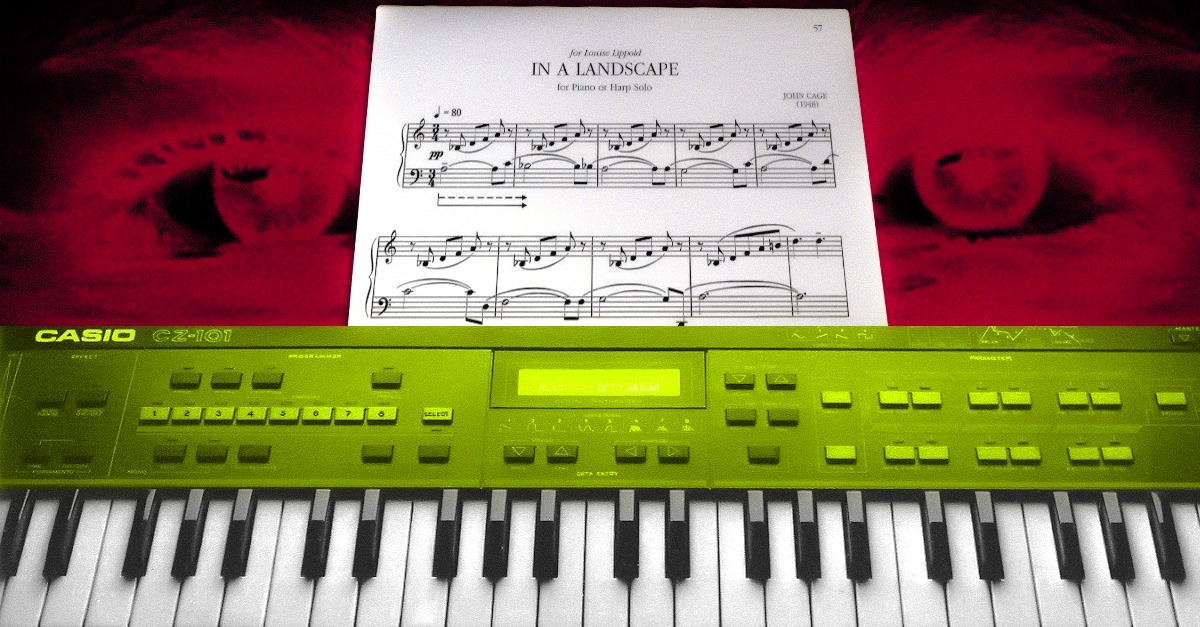



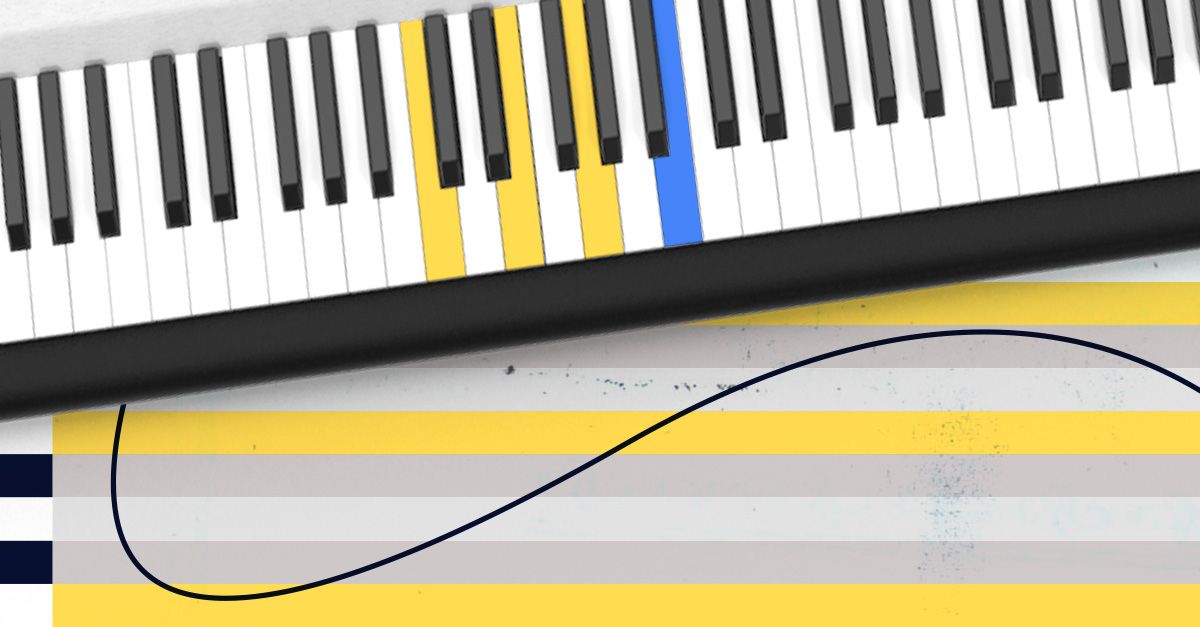
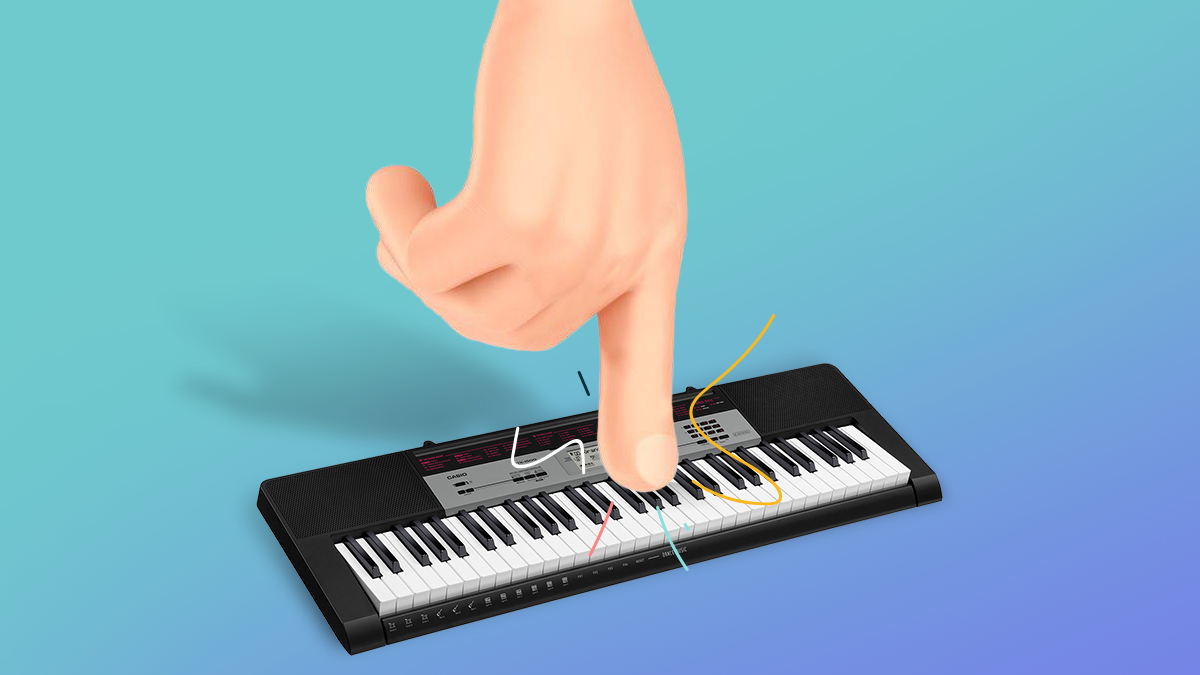

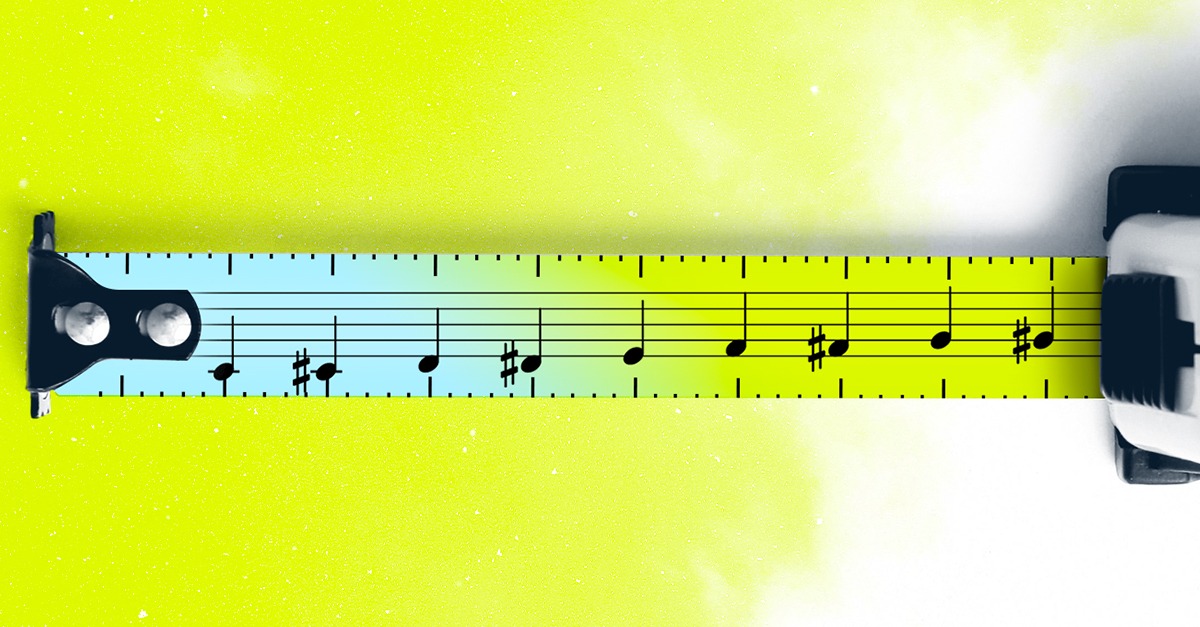
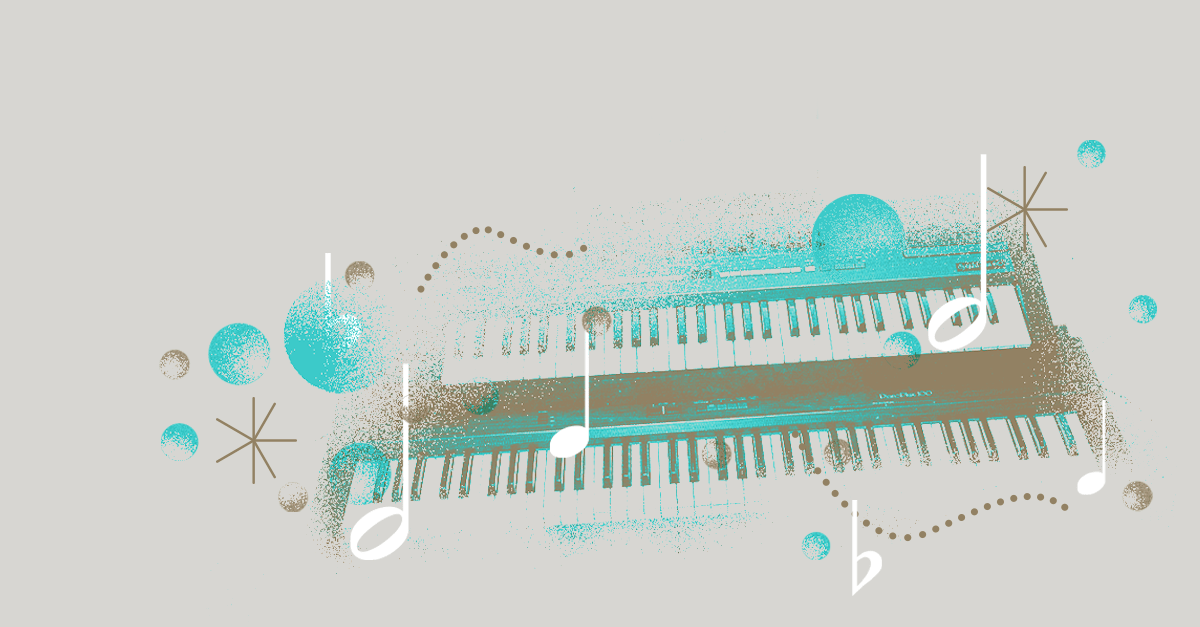
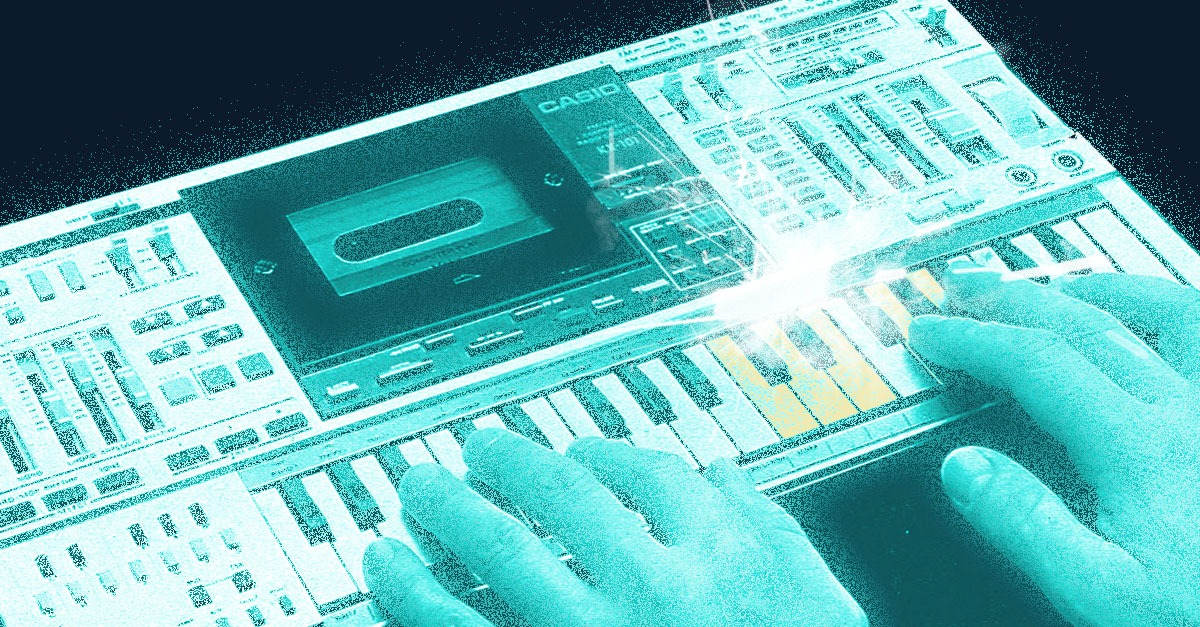


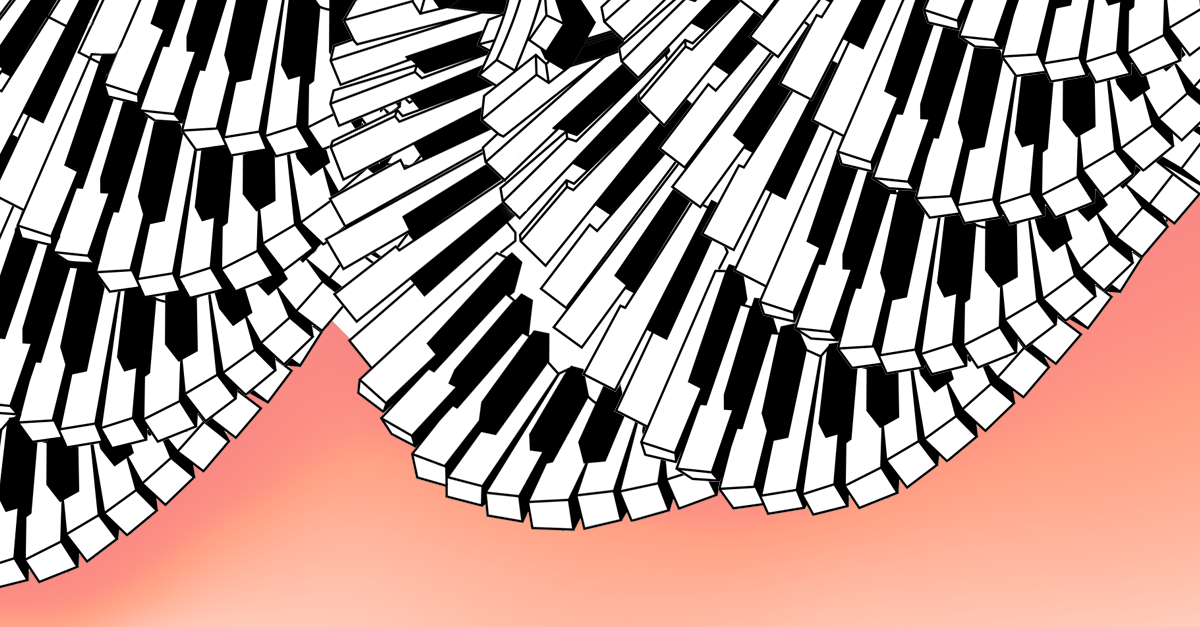


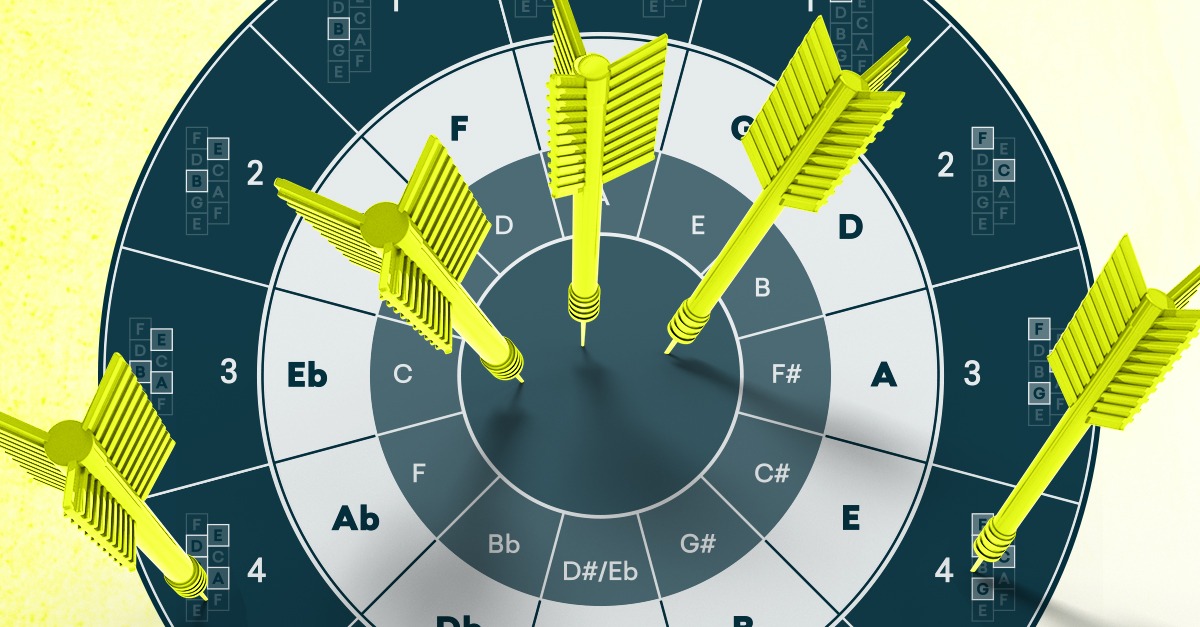









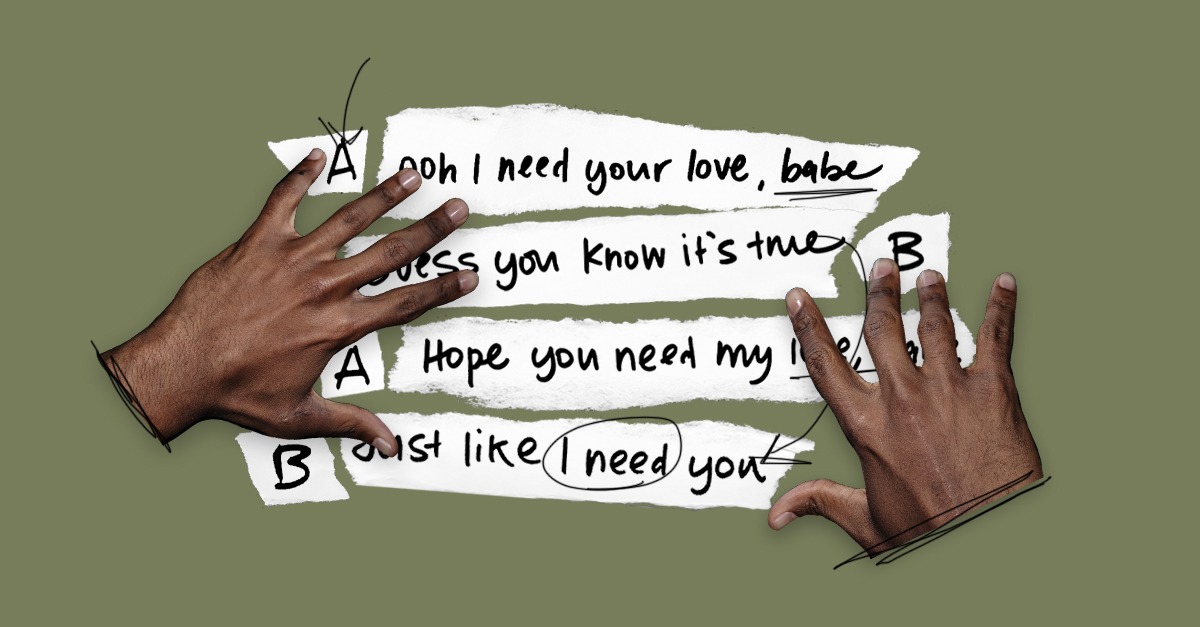



![Music Loops: How to Use Loops to Write Tracks [Get 5 Free Loop Packs]](https://blog-api.landr.com/wp-content/uploads/2021/10/Feature-1-1.jpg)



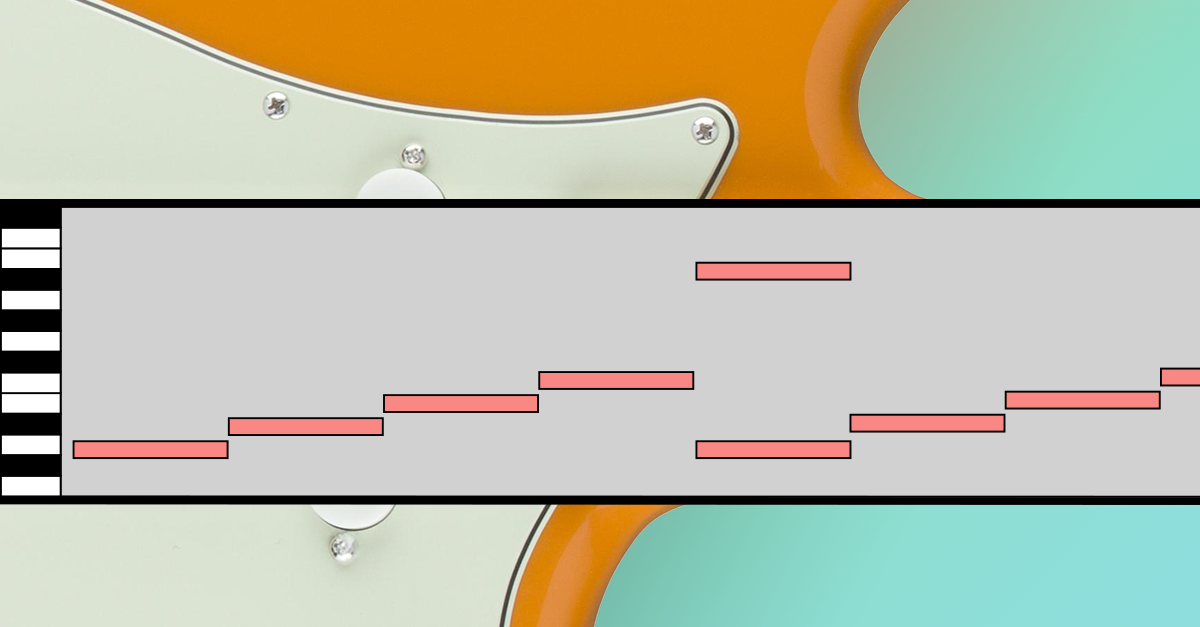

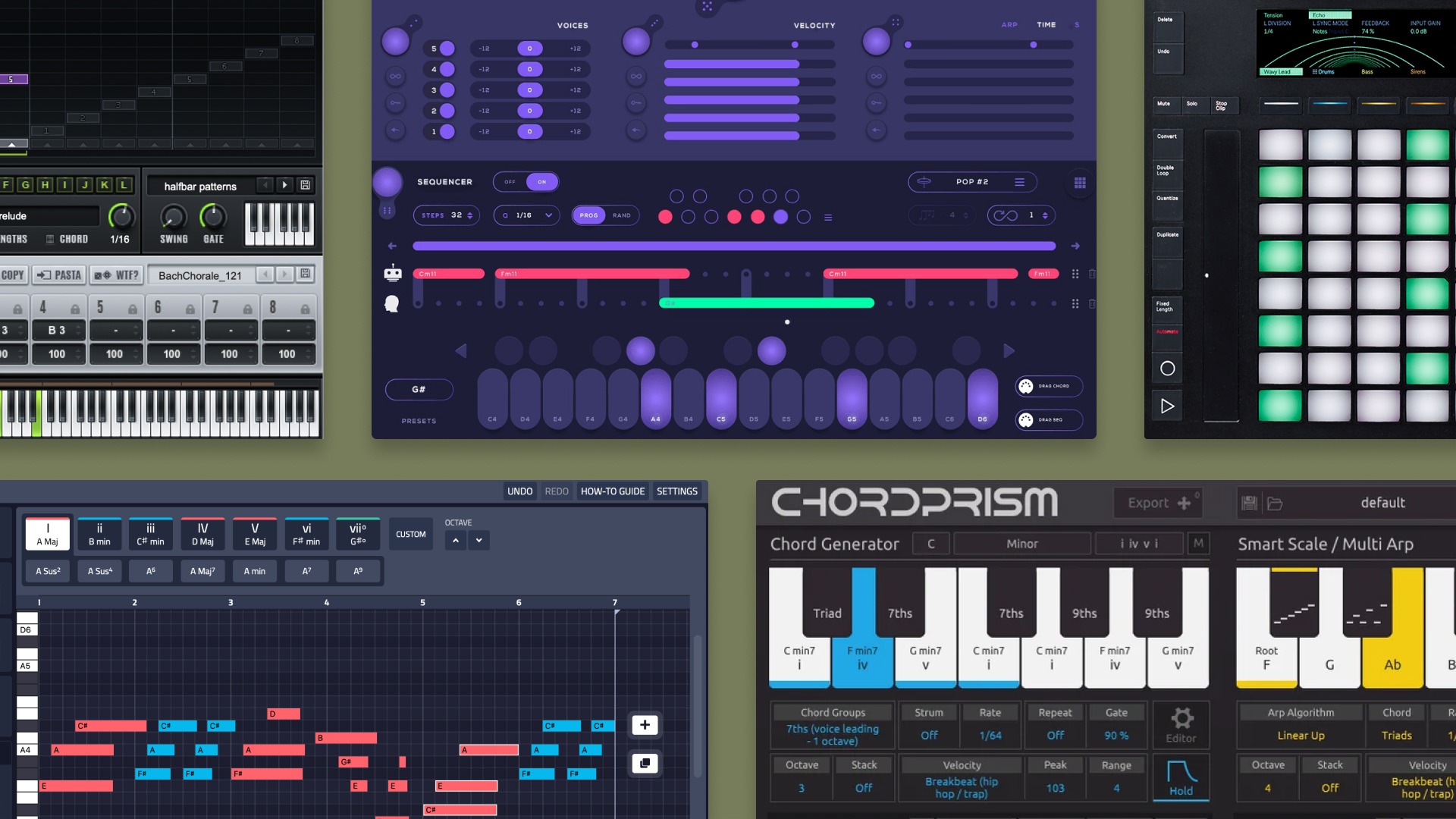
![EDM, House & Techno Chord Progressions [Free MIDI Pack]](https://blog-api.landr.com/wp-content/uploads/2023/02/EDM-Chords2023Featured.jpg)
